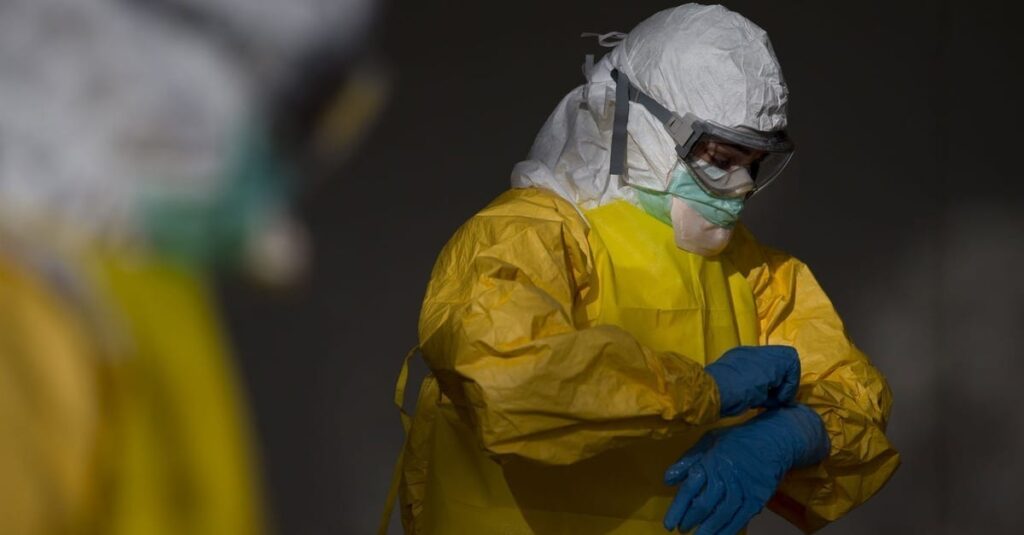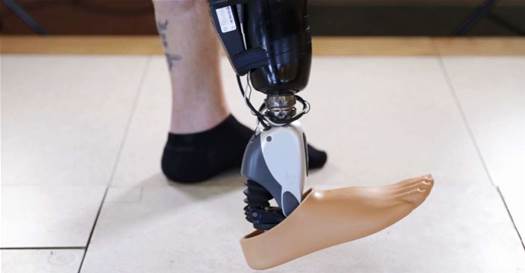
AI may predict which animal species carry diseases dangerous to people
BETWEEN 1346 and 1353 the Black Death killed over a third of Europe’s population. It took 150 years for the continent to recover. The disease was so devastating that it changed the social order, as a scarcity of labour led to higher wages for the survivors, hastening the demise of feudalism.
The plague was caused by Yersinia pestis, a bacterium that lives in fleas. In Europe, those fleas lived mostly on black rats (pictured). In Asia, where the disease came from, they lived on gerbils. It was thus a zoonotic illness: one usually carried by animals, but which infects people when given the chance. Since human beings have little evolutionary experience with such illnesses, and therefore little resistance to them, they can be particularly dangerous. Ebola fever is a zoonosis. So, as their names suggest, are the swine- and bird-flu strains that keep epidemiologists awake at night.
Trying to work out which animals are reservoirs of disease that might infect humans is therefore an important job. It is also a tricky one. There are lots of animal species, a lot of unpleasant viruses and bacteria, and not enough zoologists and doctors to sort through them all. But Barbara Han of the Cary Institute of Ecosystem Studies, in New York, and her colleagues think they have a way to help with this labour shortage. They propose to apply artificial intelligence (AI) to the problem.
As they describe in a paper in the Proceedings of the National Academy of Sciences, they have used a form of AI called machine learning in the search for reservoir species. Machine learning lets computers study large sets of data and identify patterns and organising principles. It is a hot topic among the world’s big technology firms, such as Google and Amazon, who have plenty of data to make sense of. Dr Han and her colleagues set their computers the task of looking at rodents, and searching for rules that describe which ones are likely to harbour and transmit potentially zoonotic diseases.
Zoologists recognise more than 2,200 species of rodent. Of these, 217 are known reservoirs of pathogens (ranging from viruses and bacteria to protozoa and worms) that have an appetite for humans. At least 79 carry more than one such pathogen.
Read more: Epidemics and artificial intelligence
The Latest on: Predicting epidemics
[google_news title=”” keyword=”Predicting epidemics” num_posts=”10″ blurb_length=”0″ show_thumb=”left”]
via Google News
The Latest on: Predicting epidemics
- Scientists use gut bacteria to prevent mosquito-borne diseaseson April 23, 2024 at 5:47 am
Chinese scientists have developed a more natural strategy to prevent mosquito-borne diseases by changing insects gut microbes which might be used as ...
- Chinese scientists use gut bacteria to prevent mosquito-borne diseaseson April 19, 2024 at 11:40 am
Chinese scientists have developed a more natural strategy to prevent mosquito-borne diseases by changing insects' gut microbes, which might be used as an alternative to controversial experiments that ...
- China Focus: Scientists use gut bacteria to prevent mosquito-borne diseaseson April 19, 2024 at 5:36 am
BEIJING, April 19 (Xinhua) -- Chinese scientists have developed a more natural strategy to prevent mosquito-borne diseases by changing insects' gut microbes, which might be used as an alternative to ...
via Bing News











